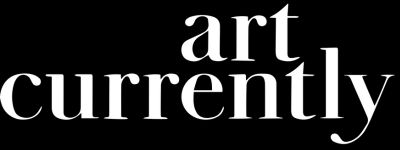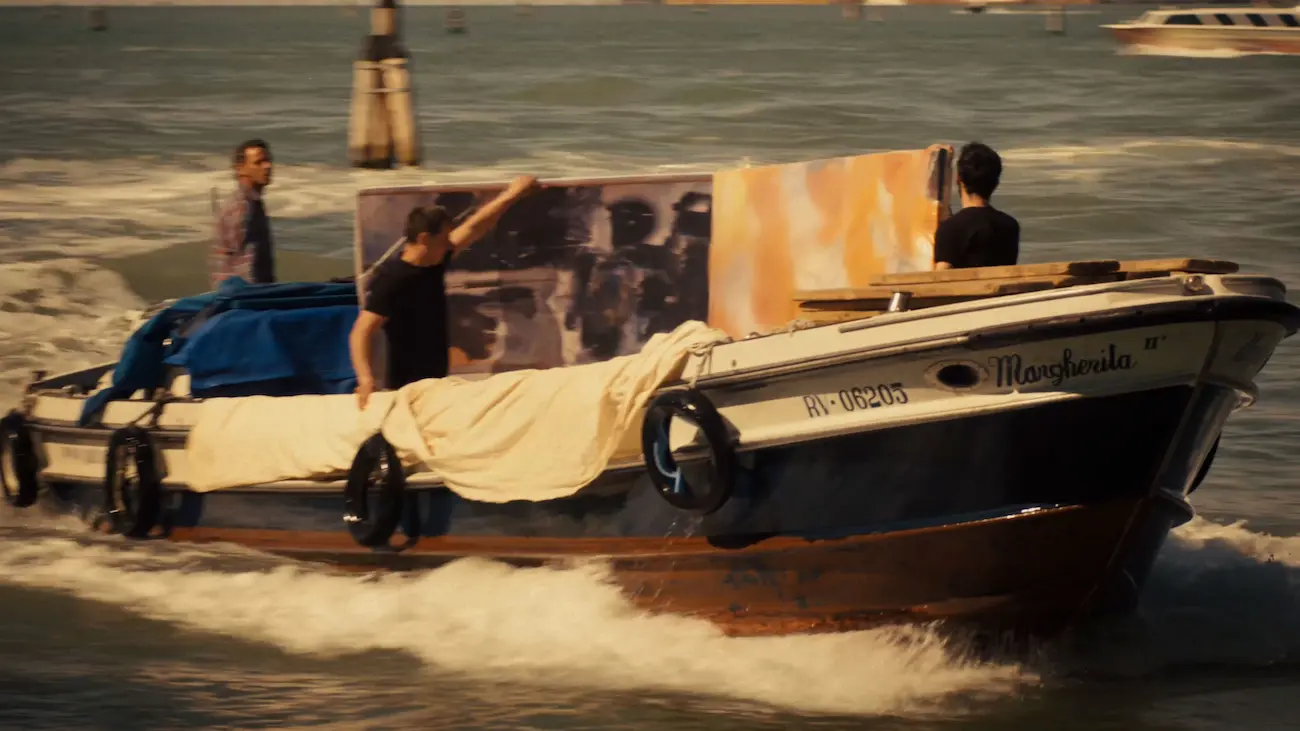A New Documentary "Taking Venice" Sees Art as Cold War Weaponry
Recreation of the 1964 transport of Robert Rauschenberg’s work in Venice canals for exhibition at the Venice Biennale. Still from Taking Venice.
Zeitgeist Films and Kino Lorber premieres "Taking Venice" this Friday, a spellbinding caper documentary following the battle against Communism between the United States and the Soviet Union, with art in Venice as its arena. The film took place in 1964 at the prestigious Venice Biennale—aka, the art world Olympics—renowned as the pinnacle of global art exhibitions. It became the stage for a cultural clash of ideologies. The film will go to theaters at New York’s IFC on May 17, and in selected cities such as Los Angeles, Newport, Toronto, Tallahassee, etc.
Under the direction of Amei Wallach, a renowned filmmaker known for her critically acclaimed films, 'Louise Bourgeois: The Spider, The Mistress and The Tangerine' and 'Ilya and Emilia Kabakov: Enter Here', 'Taking Venice' features insights from global art leaders like Museum Director Valerie Hillings, and Achim Borchardt-Hume. Esteemed artists Shirin Neshat, Simone Leigh, Mark Bradford, and Christo also contribute, adding layers of perspective to the director's narrative.
Director Amei Wallach explains, "The film builds on a tradition of telling the story of America then through the eyes of now because I want it to reflect how much the world and art have changed. I want there to be moments that sting with what we have lost and moments that encapsulate what we have gained. The stakes are even higher than they were at that scandal-drenched Biennale, as artists everywhere try to create a way forward."
The documentary revolves around the story of Alice Denney, a prominent figure in Washington circles and a close confidante of the Kennedys. She saw an opportunity to wield art as a weapon in the fight against Communism and recommended Alan Solomon, an ambitious curator, to spearhead the U.S. entry at the Venice Biennale. Alongside a formidable art dealer, Leo Castelli, they devised a plan that would shake the art world to its core.
Their chosen artist? None other than Robert Rauschenberg, a maverick artist whose unconventional works blended street debris with pop culture imagery. While Rauschenberg's artistic vision was so vast and new, he was yet to be fully embraced by the establishment. However, Denney, Solomon, and Castelli recognized his potential to challenge the establishment and captivate audiences on the international stage.
"Taking Venice" looks into the intersection of politics, culture, and creativity during a pivotal Cold War era. Through archival footage, interviews, and expert analysis, the film offers a nuanced perspective on the power dynamics in the art world and beyond. For Wallace, this is an extension of her expertise, with her critically acclaimed films, Louise Bourgeois: The Spider, The Mistress and The Tangerine and Ilya and Emilia Kabakov: Enter Here - still in international demand.


